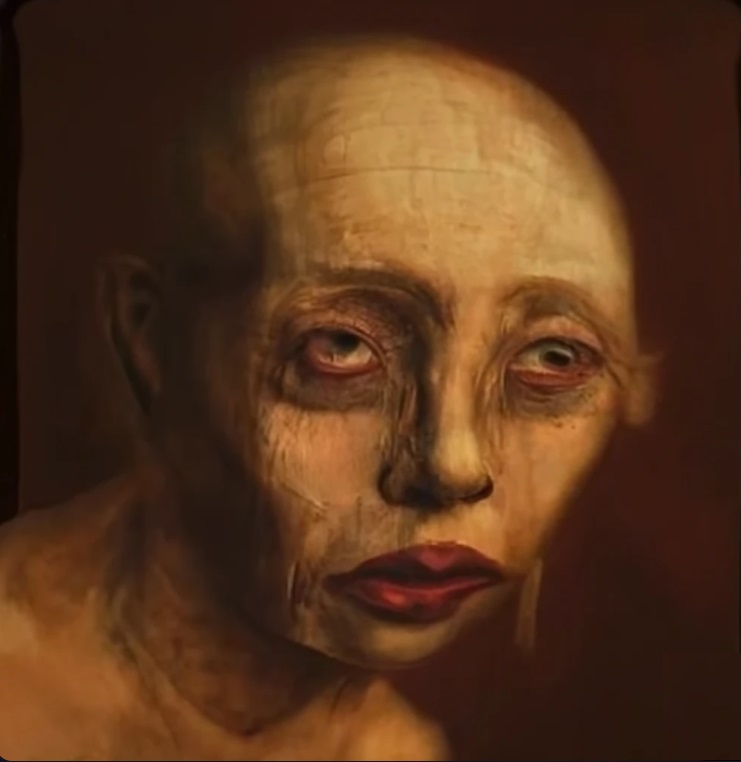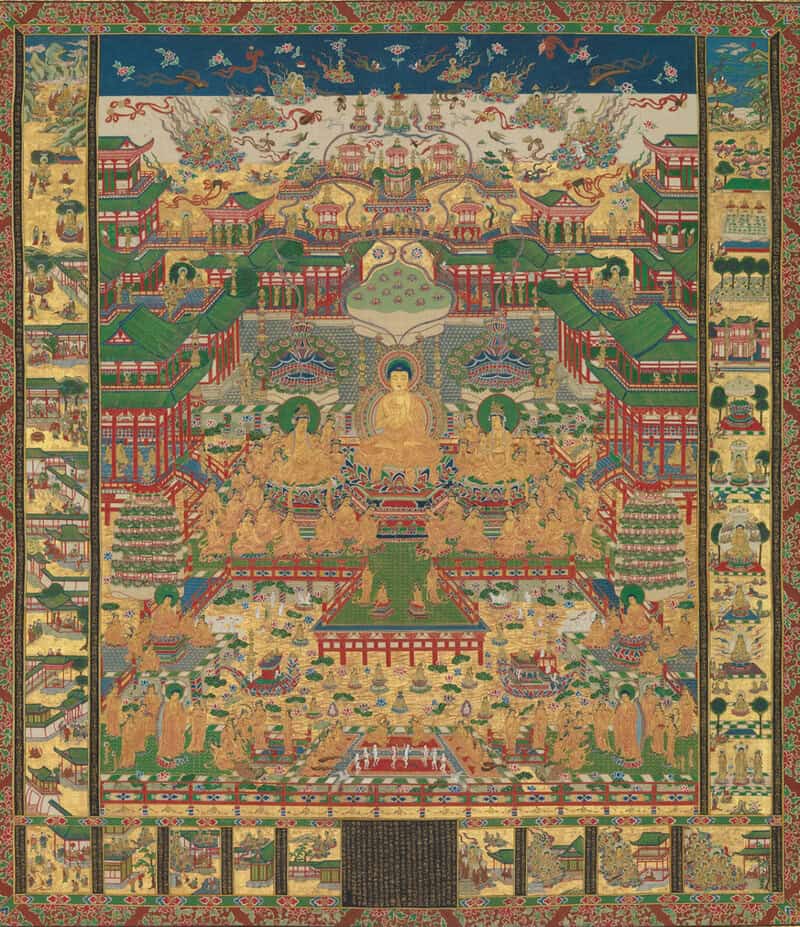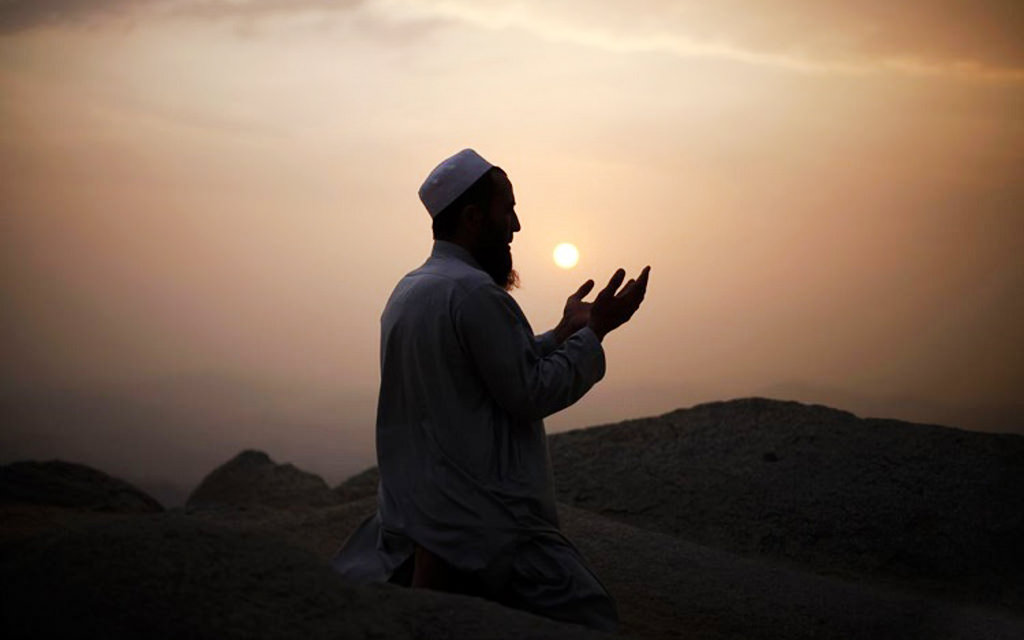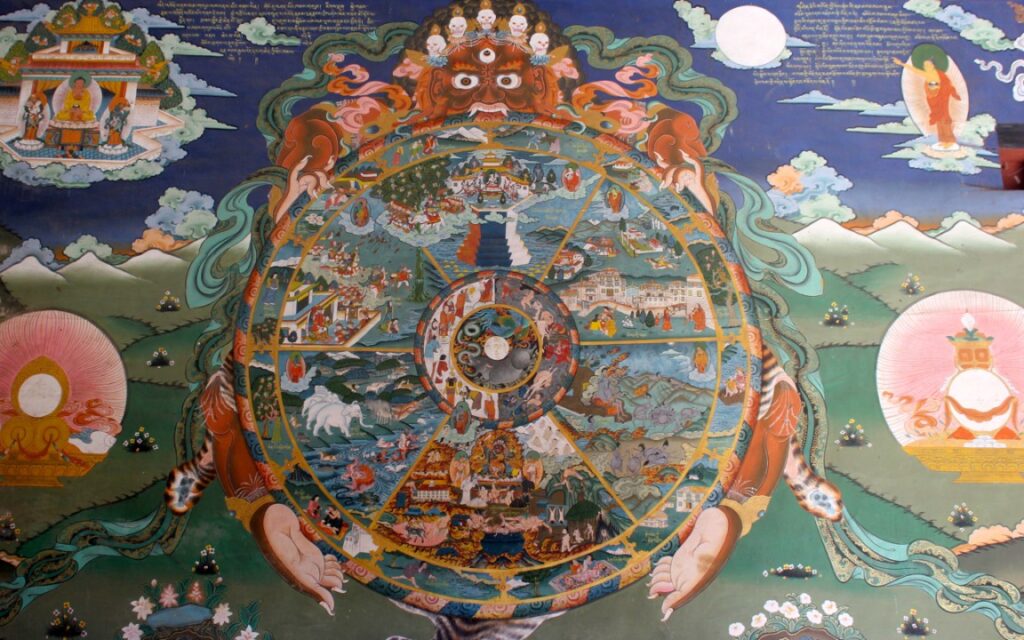The last few days (whilst ill) I’ve been reflecting on how painful it is watching other people suffer. And how hard it is to help them to see the causes of their suffering.

So often when we suffer we can see what is going on, where the attachment is, where the resistance to how things are is, where we are trying to make things other than how they are, crashing our desires up against the state of things, until the rough edge of suffering throws on the red light in our awareness which says “stop! … this isn’t the way to achieve happiness”.
And then we start to loosen our grip, to ease back, and allow the tight knots of ignorant action to unwind, still painful, but easing over time, now that their fuel and momentum has been cut.
Compelled to help out of compassion
But when another is suffering, and unable to see the causes, we feel compelled to help out of compassion. We so want to show them what we see, lend them the eyes of awareness that we’ve developed, and thereby give them the tools to dismantle the structure of their pain. But how often does someone without the dharma truly see where suffering is self-caused? How often do they get past saying “it was him”, or “if only this was different”, or “once I’ve done this it’ll be fine again” … all the time trying to reset the world, to alter conditions there which somehow are compelling them to pain.
If only we could share our insight, and enable the paradigm shift which no longer blames the happenings of the world for our suffering, but sees the cause in our responses to those happenings. It’s not the world, it’s us, the way we act that fuels the fires of pain.
We try to help, to distract, to console, to suggest other ways of looking at the situation, and the reactions going on. To point to what can be done, and what cannot be done. But how hard indeed for them to make that leap from ‘the world’ to ‘my response’, and so begin the journey.
How hard to be with their suffering
And how hard indeed it is to be there with their suffering, wishing to help, trying to help, and seeing that suffering caused time and time again. The child who’s behaviour keeps on bringing them pain instead of happiness. The partner who keeps grasping for things outside of themselves as lifelines.
The hardest thing seems to be to accept the limits of what our compassion can do to help, and to allow them to suffer on. We wish for a magic wand, a wish-fulfilling jewel, that will wipe away their pain in an instant, never to return. We wish we had infinite power to make those changes, so that never again do they taste the bitterness of defeat. But our compassionate actions have limits, other beings karma is strong, and that gap between what our compassion would like to do and what can be done is ever present.
The directionless search for release
Our own pain is so easy to bear as we can see where the roots are, and the path beyond is never out of sight, however hard it is to reach. But when another suffers, it sometimes seems like a blind man groping around for a solution, so hard it is to bear that directionless search for release.
So the gap between what our compassion impels us to do and what we are able to do at this time is there, and once more is an opportunity to do the work, to see how things are, to see what can be done, do what can be done, and then let go with what cannot …. allowing things to be, as they are … for now.
Bearing suffering and bearing witness to suffering
Bearing suffering, and bearing our inability to help …. bearing witness to suffering … and just being there … in the gap.
And coming back to the view … the view that these arisings, these appearances, are ultimately empty, empty of substance … so allowing them to be what they are … plays of the mind, the dance of the mind …
and staying in *that* gap …. between solid/not solid, real/not real, exists/not exists.




